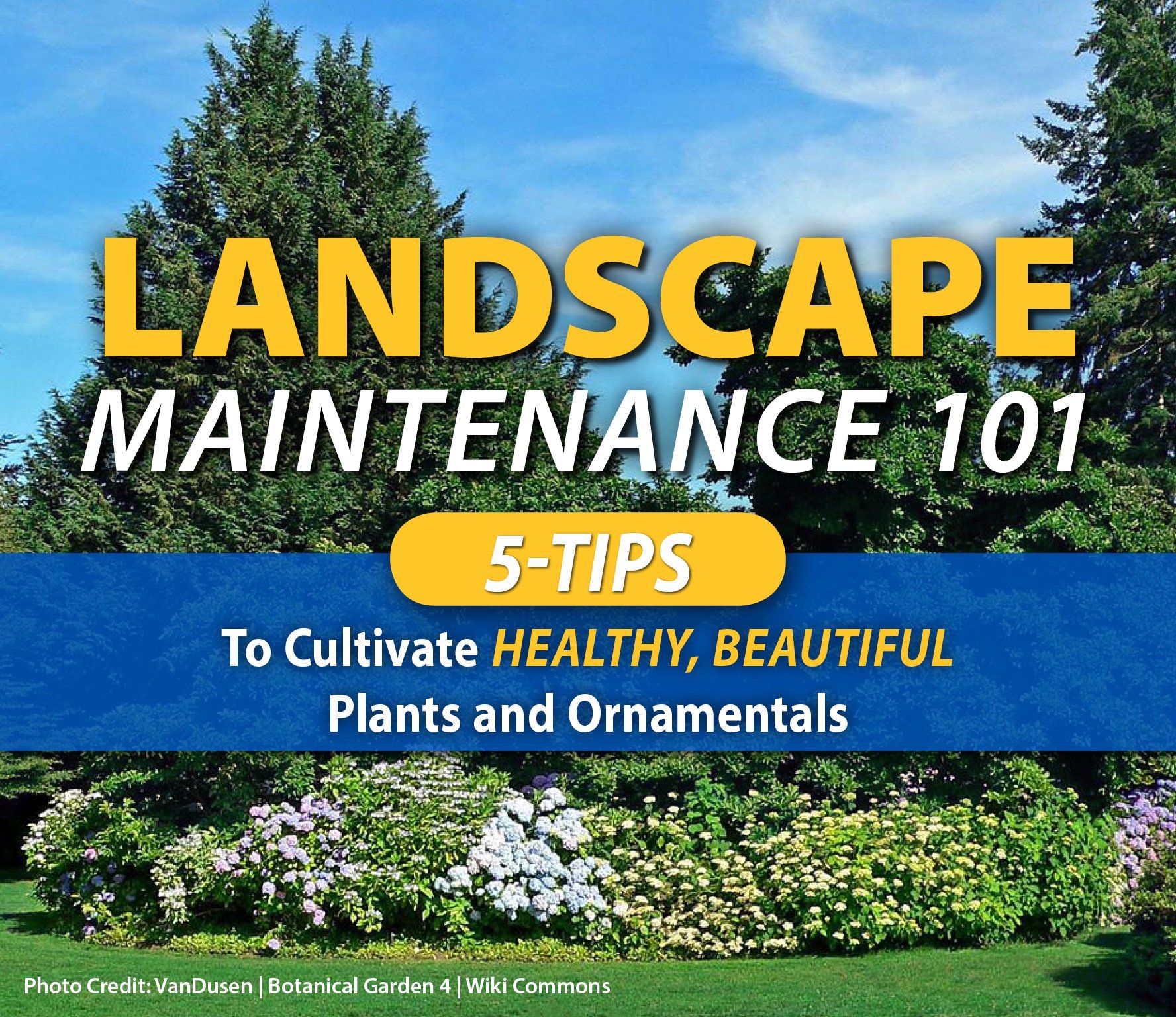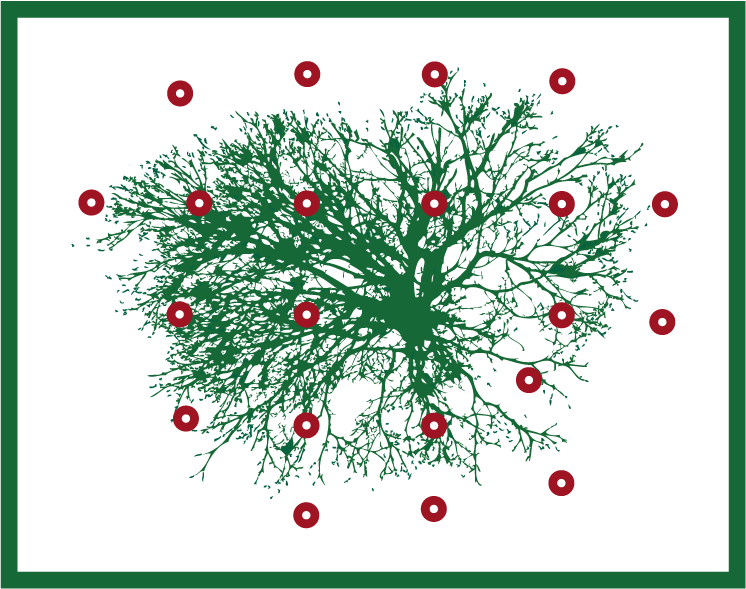Shrubs and Trees
For shrubs, apply product when plants are dormant in the late fall or in the early spring. The fertilizer should be kept 12 to 18 inches away from the base of shrubs. Water in after application to remove any fertilizer that may be in contact with the foliage and to move fertilizer into the soil. Always read and follow all label instructions for rate of application.
For trees, apply product when trees are dormant in the late fall or in the early spring. Apply 0.8 pounds of fertilizer per inch of trunk diameter at chest height (4" diameter tree = 3.2 pounds of fertilizer) evenly under the canopy of the tree where there are no ground cover plants or turf growing. An alternate method is to auger holes 6 to 8 inches deep in a grid pattern as shown in the diagram (left). Keep holes at least 3 feet from the base of the tree. Place fertilizer in holes, evenly applying the appropriate amount of fertilizer under the canopy of the tree using 0.8 pounds per inch of trunk diameter at chest height (a 4" diameter tree would require a total of 3.2 pounds of fertilizer). Then finish filling the holes with dirt. Water fertilizer in after application. Always read and follow all label instructions for rate of application.












